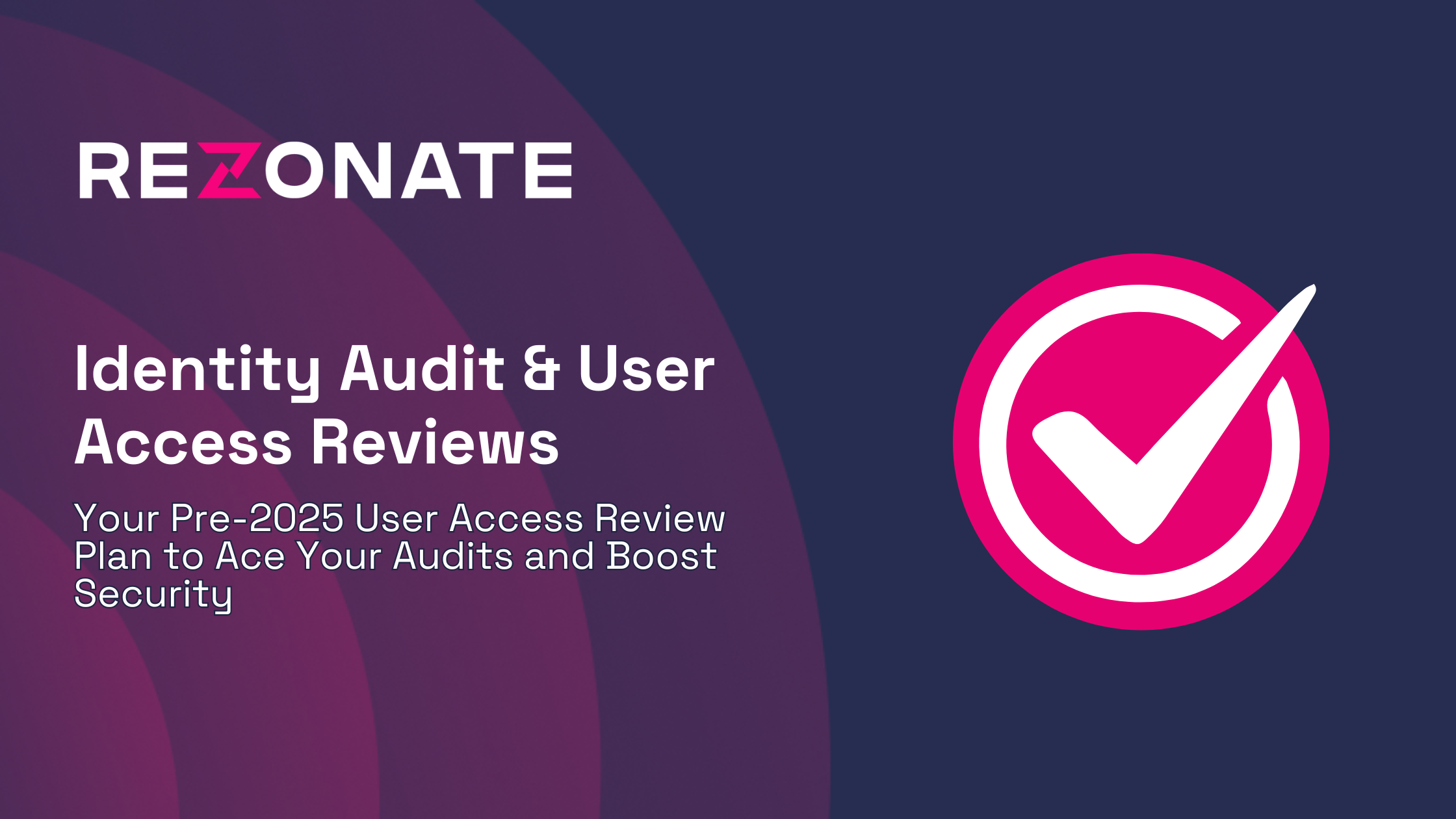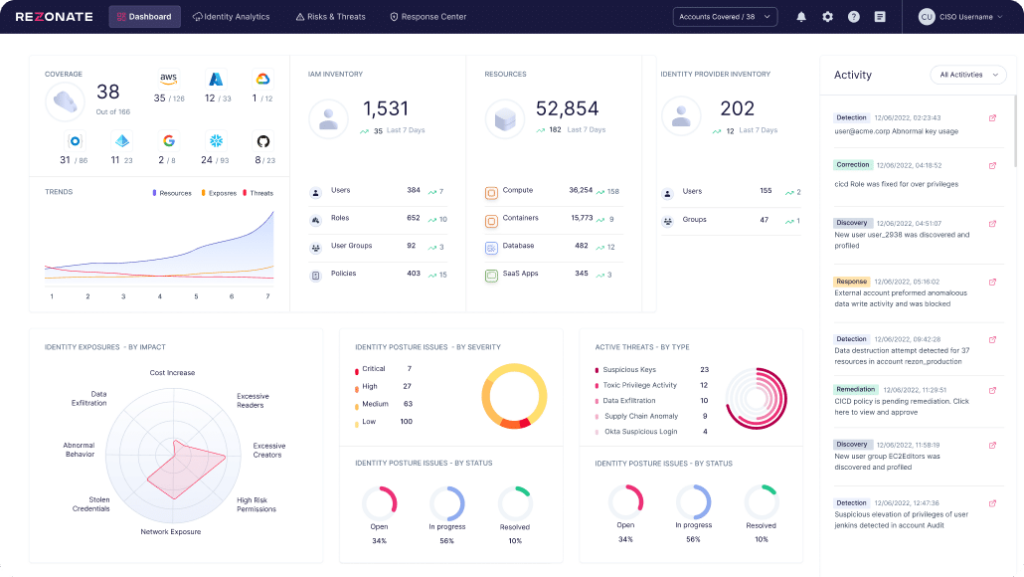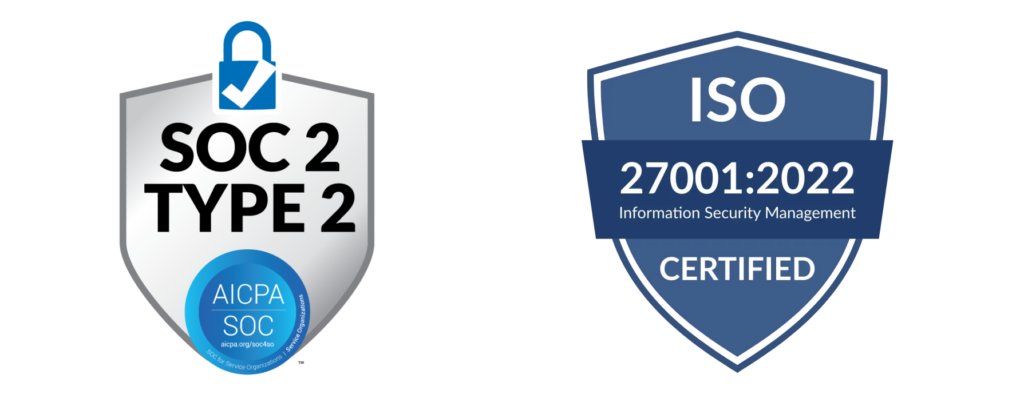This is your quick guide to conducting a water-tight user access review, passing your end-of-year IAM audits, and safeguarding your organization from identity threats before 2025 comes around.
With the year drawing to a close, it’s the perfect time to conduct a user access review across your cloud, SaaS, and identity provider platforms. Taking a hard look at your identity security posture allows you to discover and eliminate any unnecessary attack surface – those access privileges and entitlements held by humans and machines that give adversaries opportunities to conduct their malicious activities.
90% of organizations were hit by an identity-based attack over the past year. Meanwhile, 80% of security pros say that better identity and access management (IAM) would have prevented some or even all the attacks on their organization.
Yet, organizations are still making the same mistakes, leaving their digital identities unmanaged and their sensitive data exposed to attack.
This is why conducting regular user access reviews is not only essential for maintaining identity compliance but also for ensuring your organization passes its next IAM audit. These reviews help you close security gaps, prevent unauthorized access, and reinforce your overall identity security posture.
Don’t worry if you feel like you’re behind though; there’s still time to take action before 2025. In this blog, we explain how.
- What is a user access review?
- Why you should conduct a user access review before 2025
- Staying on top of identity compliance
- Your action plan for 2025
What is a user access review?
A user access review (or user access audit) is the process of assessing what permissions and access rights your digital identities—both human and machine—have across all your cloud and on-prem systems. And, ensuring that access is appropriate for the user or machine.
This review gives you a clear vision of who has access to what in your network, ensuring that only the right people or systems can access sensitive data and resources and helping to mitigate risks such as unauthorized access, data breaches, and insider threats.
User access reviews are a crucial component of a good IAM strategy and identity security posture. As such, they should be conducted as often as possible.
Why you should conduct a user access review before 2025
Organizations today must deal with an ever-growing number of digital identities. From employee accounts and third parties to machine identities such as devices and applications—all of which have constantly evolving privileges—the identity attack surface is widening.
Threat actors are targeting this attack surface more than ever.
The complexity of this environment means that organizations often overlook how their identities are evolving over time, what critical resources they’re accessing, and whether they have outdated or unnecessary permissions.
This gives attackers the green light to exploit identities with bloated privileges or lacking security measures to breach sensitive resources.
As a result, user access reviews are crucial for covering your blind spots, identifying and remediating vulnerabilities, and staying compliant with security and regulatory requirements.
Want to learn more about how to make access reviews easy? View our on-demand webinar, User Access Reviews, Simplified.
Staying on top of the user access review
User access audits aren’t just a nice-to-have, either. Several key regulations and security frameworks are required, and periodic reviews of your identity security posture are suggested. These include:
- National Institute of Standards and Technology (NIST)
- AICPA’s Service Organization Controls (SOC 2)
- Sarbanes-Oxley Act (SOX) Section 404
- General Data Protection Regulation (GDPR)
- Health Insurance Portability and Accountability Act (HIPAA)
- Payment Card Industry Data Security Standard (PCI DSS)
- Digital Operations Resilience Act (DORA)
Failing to comply not only leaves you vulnerable to attacks but can also open the door to severe regulatory penalties.
Want to learn more about how to make access reviews easy? Watch our on-demand webinar, User Access Reviews, Simplified.
An identity audit plan for 2025
To protect your organization, you need to conduct a comprehensive user access review. After seeing common mistakes companies make and the access blind spots that exist, here’s our quick guide to making sure you’re prepared for 2025 and beyond.
- Tighten up your authentication controls
- Clean up your identity attack surface
- Increase your visibility
- Enforce least privilege
- Improve your identity security posture
1. Tighten up your authentication controls
The login box is the gateway to your network and your first line of defense against attackers. Strong authentication mechanisms are also a key requirement in most cybersecurity regulations and frameworks. But traditional username and password combinations aren’t strong enough to protect it anymore – you need to go beyond.
What you need to do:
- Enforce strong MFA methods for human identities.
- Create a strict network-based authentication policy for your non-human/machine identities.
- Clamp down on weak passwords by implementing passwordless authentication where possible, rotating passwords regularly, and training users to avoid setting default passwords or reusing them across multiple systems.
2. Clean up your identity attack surface
Given the scale of cloud infrastructure, it’s easy for organizations to lose sight of dormant or redundant accounts, such as those belonging to ex-employees, third parties, and machines that still provide access to their system. But attackers can exploit these identities to gain initial access and escalate their privileges to admin level. Or worse, they can take the fast train there by compromising unprotected identities that already have admin privileges.
What you need to do:
- Be proactive and automate identity security where possible.
- Use an identity-centric security solution to provide visibility into your identities’ behaviors, privileges, and risk profiles.
- Regularly audit for and secure dormant or redundant accounts to shut down potential attack vectors.
3. Increase your visibility
To understand if access is appropriate and compliant, you need a holistic view of all of your human and non-human identities. This includes the ability to track and monitor what they’re doing in real time. You also need to understand where the risks of non-compliance or policy violations lie.
What you need to do:
- Deploy an identity security solution that continuously monitors user access to your cloud, SaaS, and Identity Provider (IdP) platforms.
- Ensure the solution provides actionable insights and analysis across multiple data sources, offering real-time detection of suspicious behaviors and privilege escalations.
- Opt for automated remediation workflows and alerts to speed up risk mitigation and response efforts.
4. Enforce least privilege
Many regulations require you to implement the principle of least privilege (POLP) to protect sensitive information. This ensures that if malicious users or attackers manage to authenticate, your security measures need to rapidly shift into gear and stop them from moving laterally within your network and escalating their privileges. Accounts that are bloated with excess privileges pose a serious risk to your organization – they can lead attackers directly to the heart of your network, and give them easy permission to reach dangerous levels of influence.
What you need to do:
- Implement strong session policies and access rights to minimize the risk of unauthorized data exposure or breaches.
- Employ zero trust within your systems and establish least privilege across all your identities to restrict dangerous activity within your network.
5. Improve your identity security posture
Compliance and security start with people, and so do data breaches. Identify risky behaviors and actions in your organization, including how your identities are being used on a day-to-day basis and how they’re being configured and controlled. This will reveal any blind spots or bad practices that may compromise your identity security posture and help you promote a security-first work culture.
Attend our user access review webinar
Want to learn more about how to make access reviews easy? Watch our on-demand webinar, User Access Reviews, Simplified.
Download our free identity security ebook today
There are five pillars to good identity security hygiene that every organization should be aware of.
These pillars include key, actionable steps that help you secure your digital identities against evolving cyber threats and stay compliant with regulations going forward.
Find out what these pillars are in our ultimate guide to identity security ebook.
Download it for free today.



